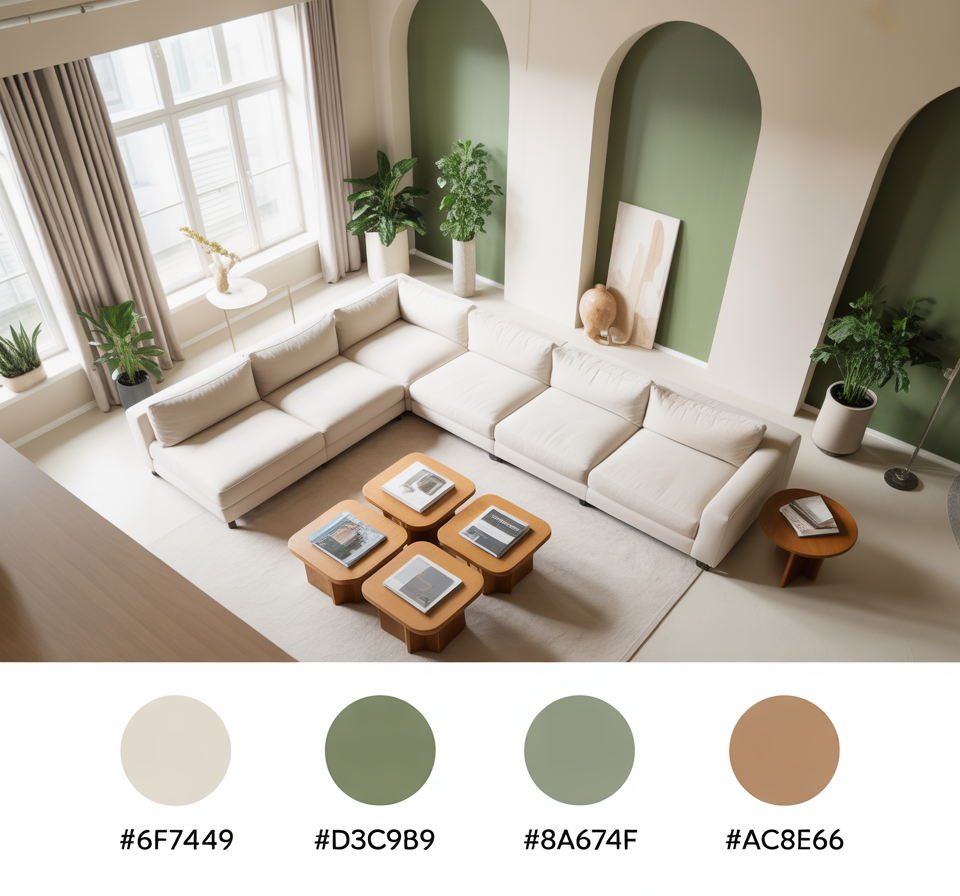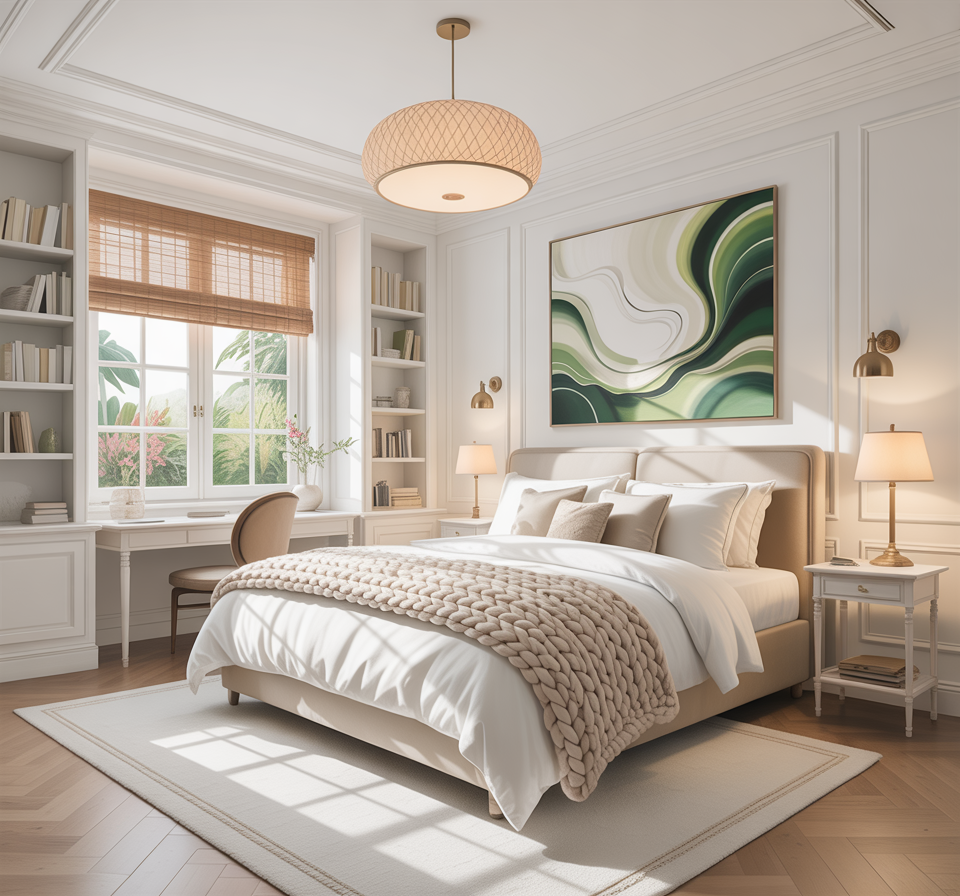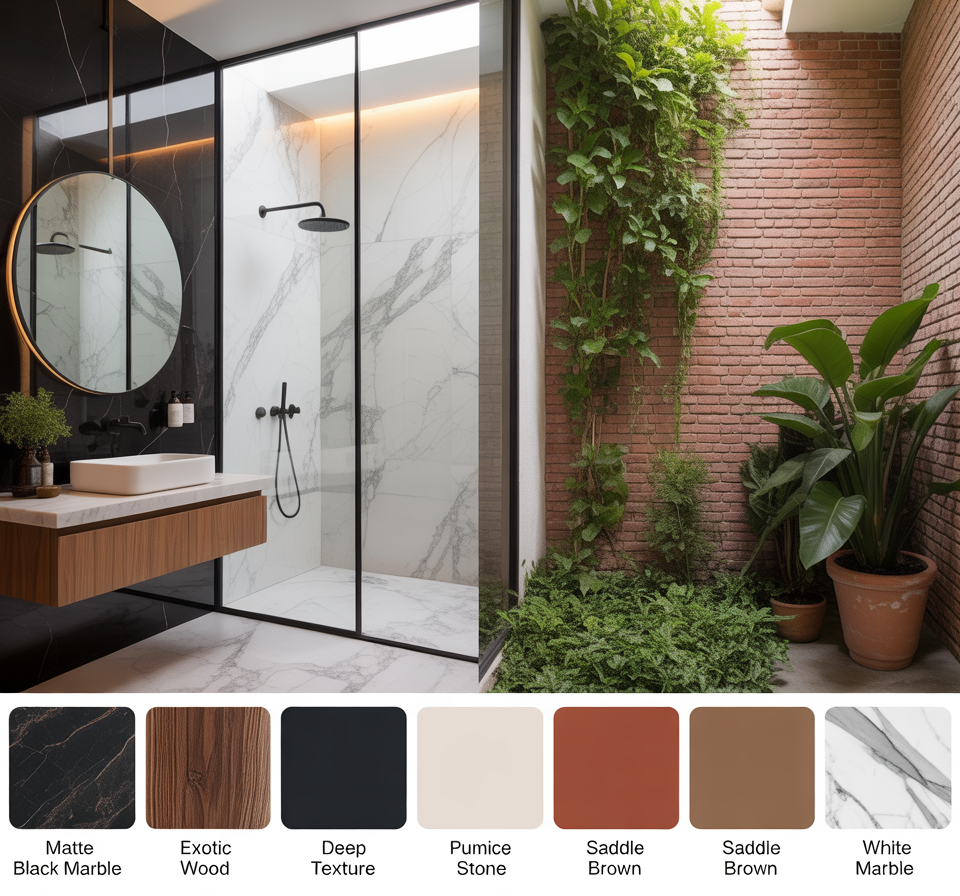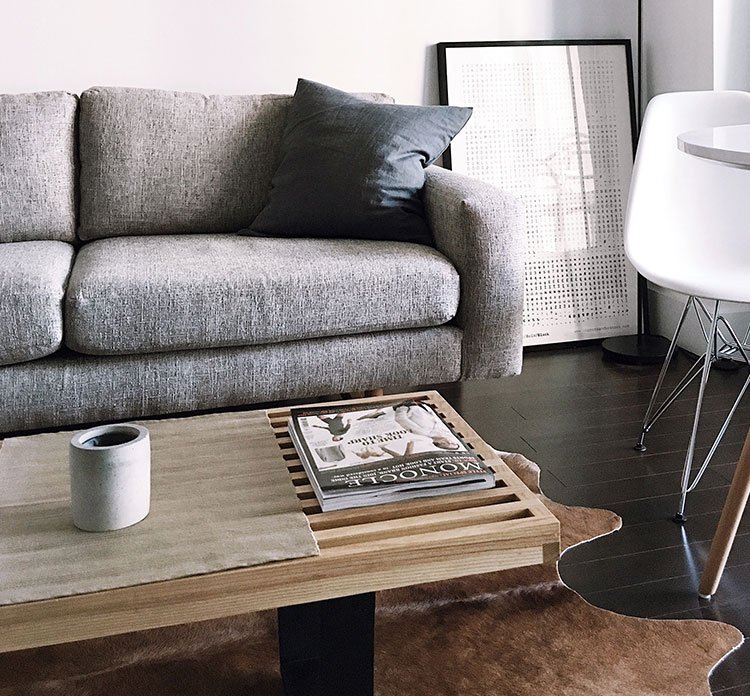Conceptual Design
- Home
- Conceptual Design
What is Conceptual Design?
Conceptual Design is the process of making a rough plan for a project in its early stages. This is where people come up with ideas, try them out, and put them into useful concepts. Conceptual Design is different from Detailed Design because it looks at the big picture: what the project should do, how it should look, and why it matters. This step usually includes sketches, diagrams, models, and conversations that help the creative process. Conceptual Design doesn’t give you the final answers; instead, it gives you a lot of options for how to reach your goals. It is about looking into different options while keeping the main idea the same.




Conceptual Design is important because it lays the groundwork for the whole project. Without it, teams could waste time, money, and energy on ideas that don’t work. It makes the project’s goal clearer and makes sure that everyone working on it has the same vision.
It also helps new ideas come up. By trying out different ideas at the conceptual stage, teams can come up with new ones and stay away from solutions that are too obvious. In fields like architecture and engineering, Conceptual Design helps avoid expensive mistakes by finding and fixing problems before the detailed design phase starts. Conceptual Design is one of the most important steps in the design process because it saves time, lowers risk, and boosts creativity.

- 3D Design
- Architectural Lighting Design
- Commercial Interior Design
- Conceptual Design
- Custom Furniture Design and Manufacturing
- Execution and Supervision
- Final Design Development
- Final Handover
- Hospitality Design
- Initial Consultation
- Interior Design Consultancy
- Landscape Design
- Material Selection and Finishes
- Residential Interior Design
- 3D Design
- Architectural Lighting Design
- Commercial Interior Design
- Conceptual Design
- Custom Furniture Design and Manufacturing
- Execution and Supervision
- Final Design Development
- Final Handover
- Hospitality Design
- Initial Consultation
- Interior Design Consultancy
- Landscape Design
- Material Selection and Finishes
- Residential Interior Design